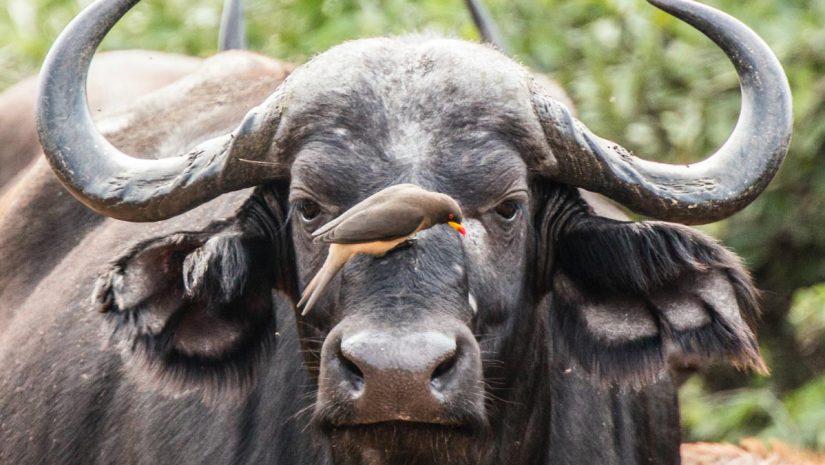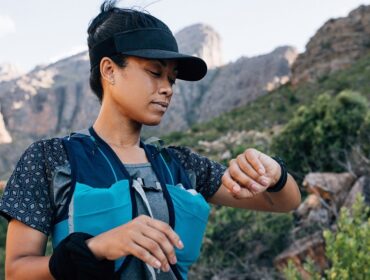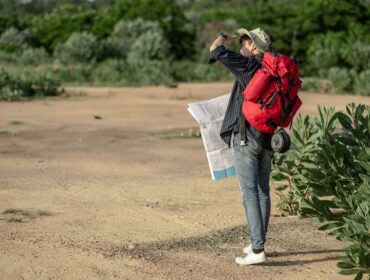Symbiosis is a function of nature that encourages the flourishing of all life on Earth, enabling each party to sustain its own life and continue the legacy of their species through a special form of interaction. Some symbiotic relationships are only really beneficial to one party, but generally symbiosis will be mutually beneficial. Here are 5 of the greatest symbiotic relationships in nature that the world’s biodiversity would most certainly suffer without.
1. Flowering Plants and Flying Insects
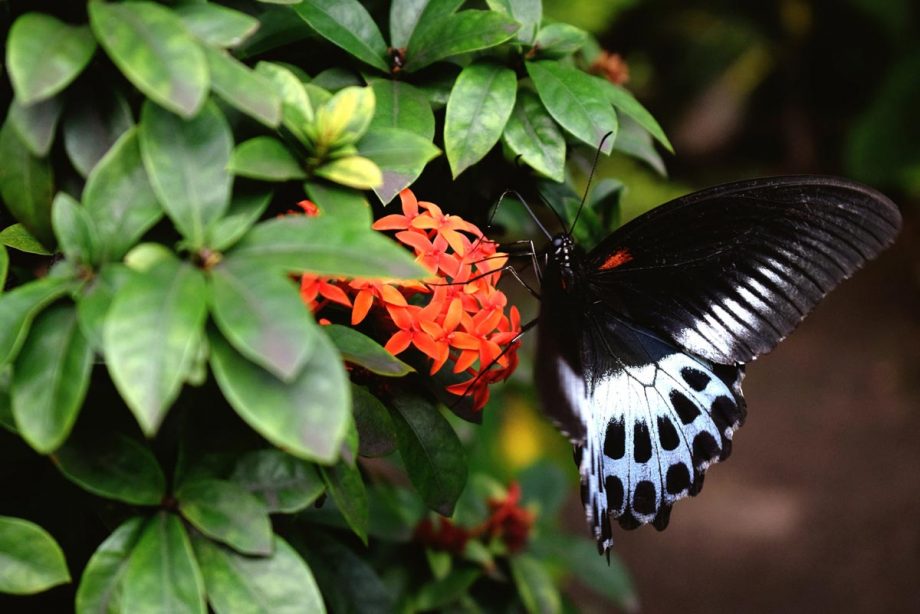
One of nature’s oldest symbiotic relationships, winged insects and flowering plants depend upon each other for survival, the act of which is painfully simple. Additionally, the innermost sanctions of the flowers hold a sugary substance that serves as food for the insect. Meanwhile, the flower’s interior is covered in pollen that is necessary for the plant’s reproduction. Crawling around to get at the food, the microscopic hairs of the winged insect’s legs and body attract the pollen granules. Then, they secure them for transport to another flower of the same species, facilitating fertilization for the next generation of plants, with neither party suffering in the process.
2. Decorator Crab and Sponges/Anemones
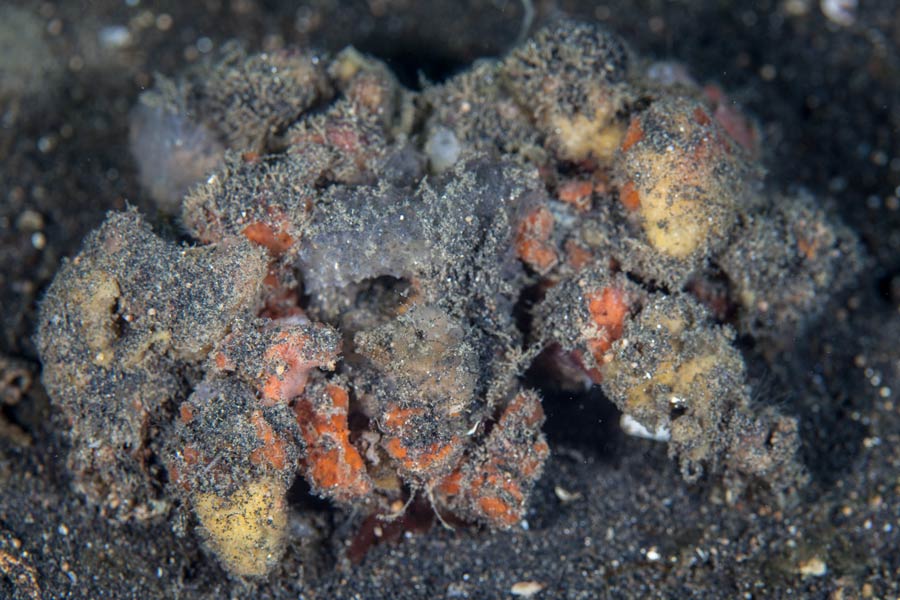
The relationship between the decorator crab and anemones or sponges is truly extraordinary. It affords both creatures the ultimate in habitat, safety, and food sources. Meanwhile, the decorator crab searches intently for various pieces of detritus to camouflage its presence on the seafloor. However, the utilization of a sponge or an anemone is the making of a fast friendship. While the latter provide magnificent camouflage to the crab, creating a home on the body of the crab gives the sponge/anemone unlimited and ever-changing access to food, as they rely on plankton drifting in the water column for feeding. Any leftover scraps from the crab’s meal are ready for consumption by the invertebrates. Additionally, the protection provided by their covering is unparalleled in an environment where all small creatures are subject to predation.
3. Remora and Large Sea Creatures
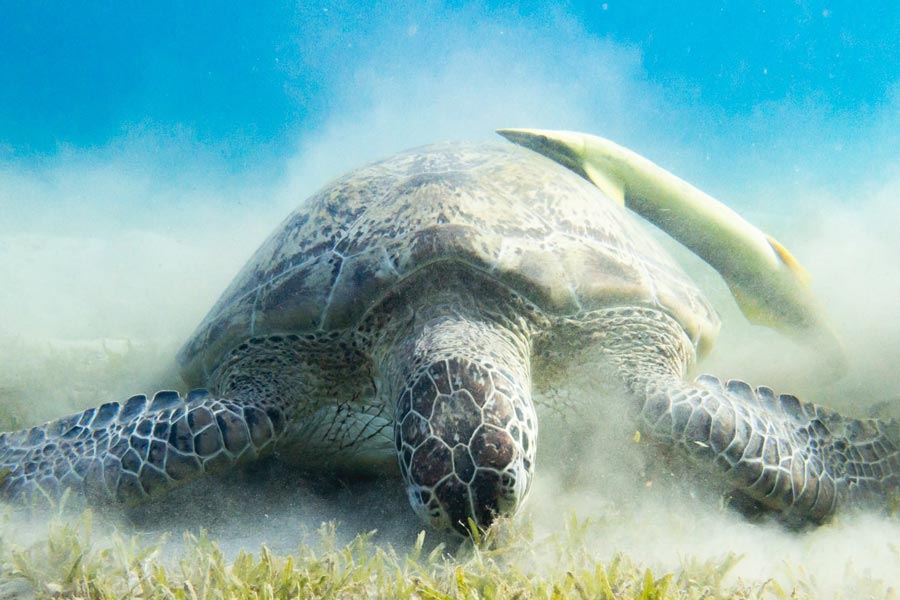
The symbiosis between the remora and various other large pelagic species, including whales, sharks, and rays, is an example of commensalism, which translates to “at the table together”. This means that for a ready supply of food, the remora hovers around its host, waiting to pick up the scraps of the larger animal’s meals. In return, the host animal makes no attempt to prey on the remora. Instead, it allows it to enjoy an existence free from predation and laden with an ongoing source of food.
4. Cells and Mitochondria

Cells and mitochondria are perhaps the most important symbiotic relationship on Earth. Without their cooperation, life would have no means of propagation. Mitochondria act as the power source for living cells, digesting nutrients and creating energy for the cell in a process called cellular respiration. Without mitochondria, cells would be incapable of producing energy. Finally, without the cell, mitochondria would not have a suitable environment for the process involved to create that energy. Of course, these two biological counterparts would be of no use without the other.
5. Buffalo and Oxpecker
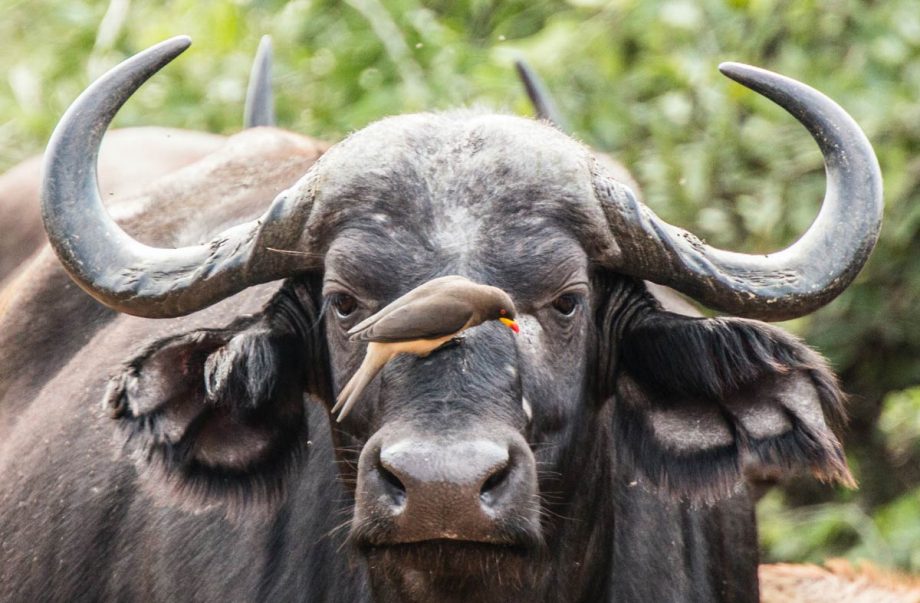
The buffalo and the red-billed oxpecker might seem an unlikely pair. However, these two animals have long been taking advantage of the symbiotic relationship. The oxpecker provides two valuable services: ridding the buffalo of parasites and other pests, and an “early warning system” in the form of a hissing noise the bird makes when predators are near. Finally, the sheer volume of insects, pests, and parasites provides an infinite source of nutrition for the oxpeckers, making this joint operation one of the most successful symbiotic relationships in nature.
Featured Image from Charl Durand/Unsplash
